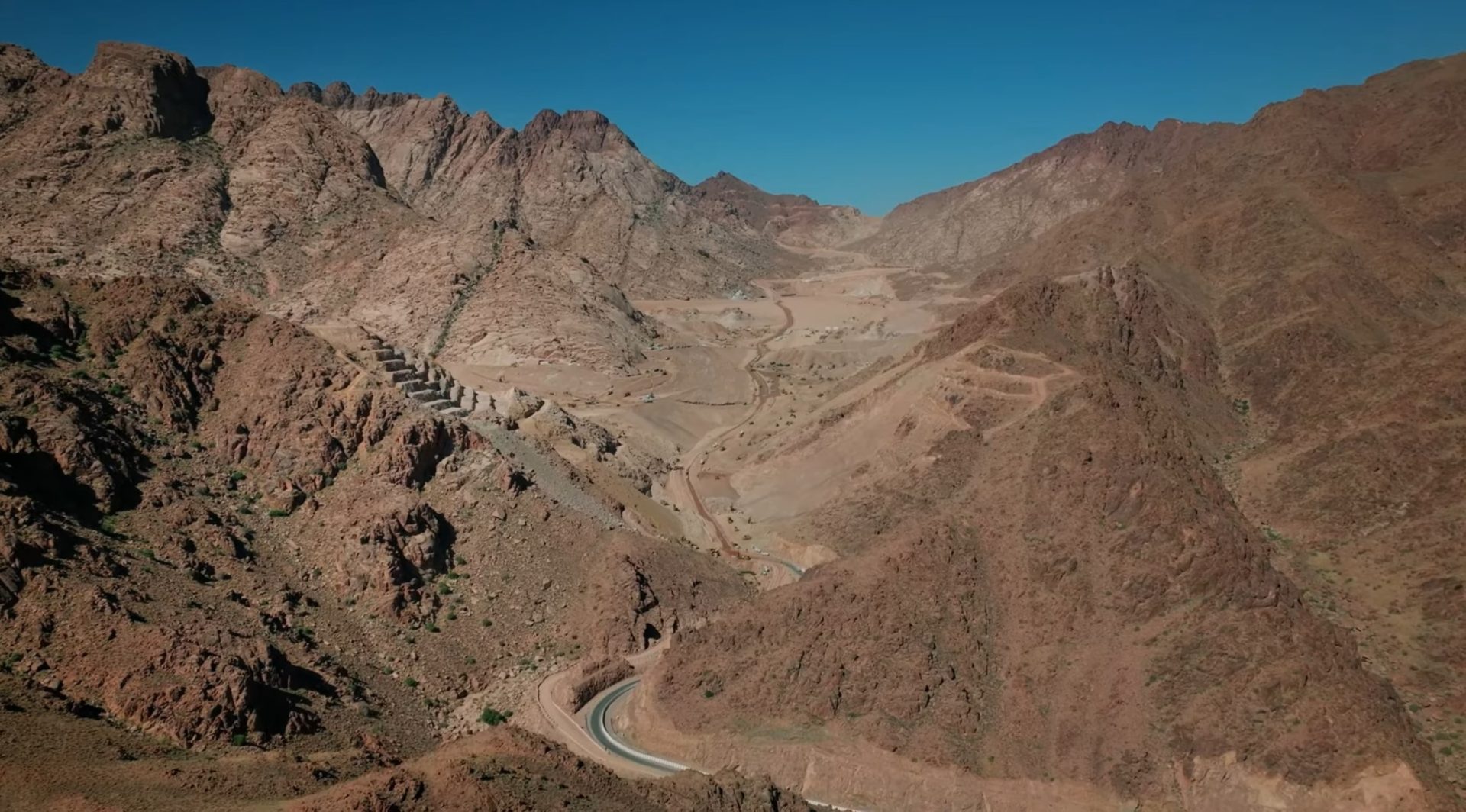
Trojena, the controversionl ski resort project in Saudi Arabia, is taking shape. Trojena will be the nation’s first ski area and was awarded the 2029 Asian Winter Games in October 2022, years ahead of the project’s completion. Trojena is part of Saudi Arabia’s ambitious NEOM project and is located about 30 miles (50 km) from the coast and is close to the border of Jordan, located in the Sarawat Mountains. Due to some recent setbacks at NEOM, we have had a look at what is happening with the mega-project’s ski resort plans.
Love it or loath it, Trojena is moving ahead and is considered to be one of the largest construction sites on Earth, with a workforce of 140,000 people. The Saudi government launched the project in 2022, hoping to create Saudi Arabia’s first and only mountain resort. The project, which is backed by Crown Prince Mohammed bin Salman bin Abdulaziz, is aiming to be completed in time for the 2026 winter. The Saudi government is hoping to turn Trojena into a year-round tourist destination, featuring a village, luxury family and wellness resorts, and various retail stores and restaurants. It will be the venue for sporting events as well as art, music, and cultural festivals, including the 2029 Asian Winter Games. By 2030, the mountain resort is expecting to attract 700,000 visitors and 7,000 permanent residents to live within the projects and adjacent residential districts.
- Related: A Closer Look at the Controversial Decision to Host the 2029 Asian Winter Games in Saudi Arabia
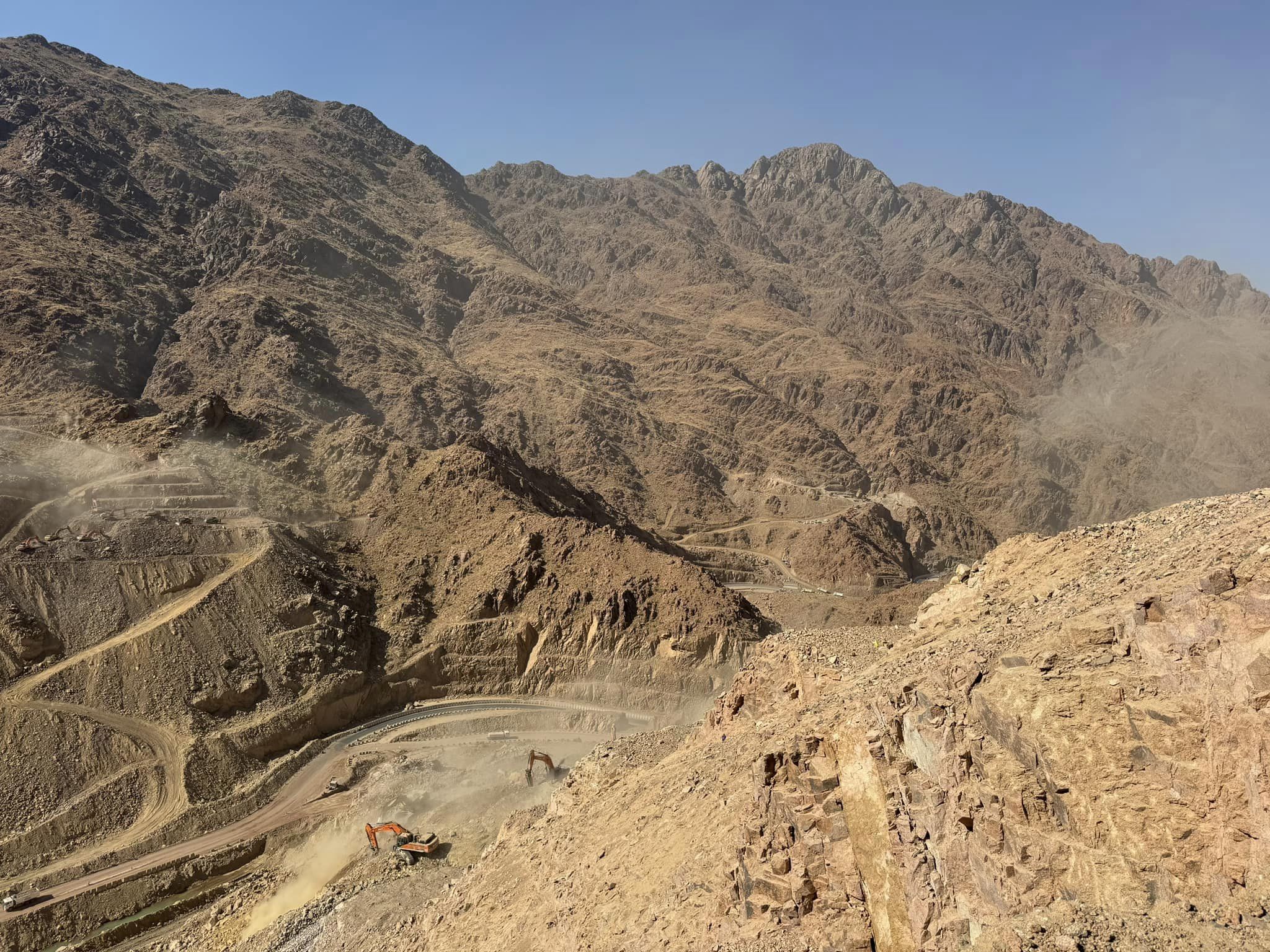
A project of such epic proportions has never been undertaken in such a short time space. The site dimensions can best be described with further numbers: a massive 15 million tons of rubble needs to be excavated, 7.3 million cubic meters of concrete will need to be poured, and 130,000 tons of steel used for construction on site. Given these proportions, you can be forgiven for wondering how realistic a completion by 2026 is. But you will be surprised to find that the project is motoring ahead. The pictures we could find online show a truly mindblowing advance since ground was broken at the site two years ago.
The Vision versus Current Progress
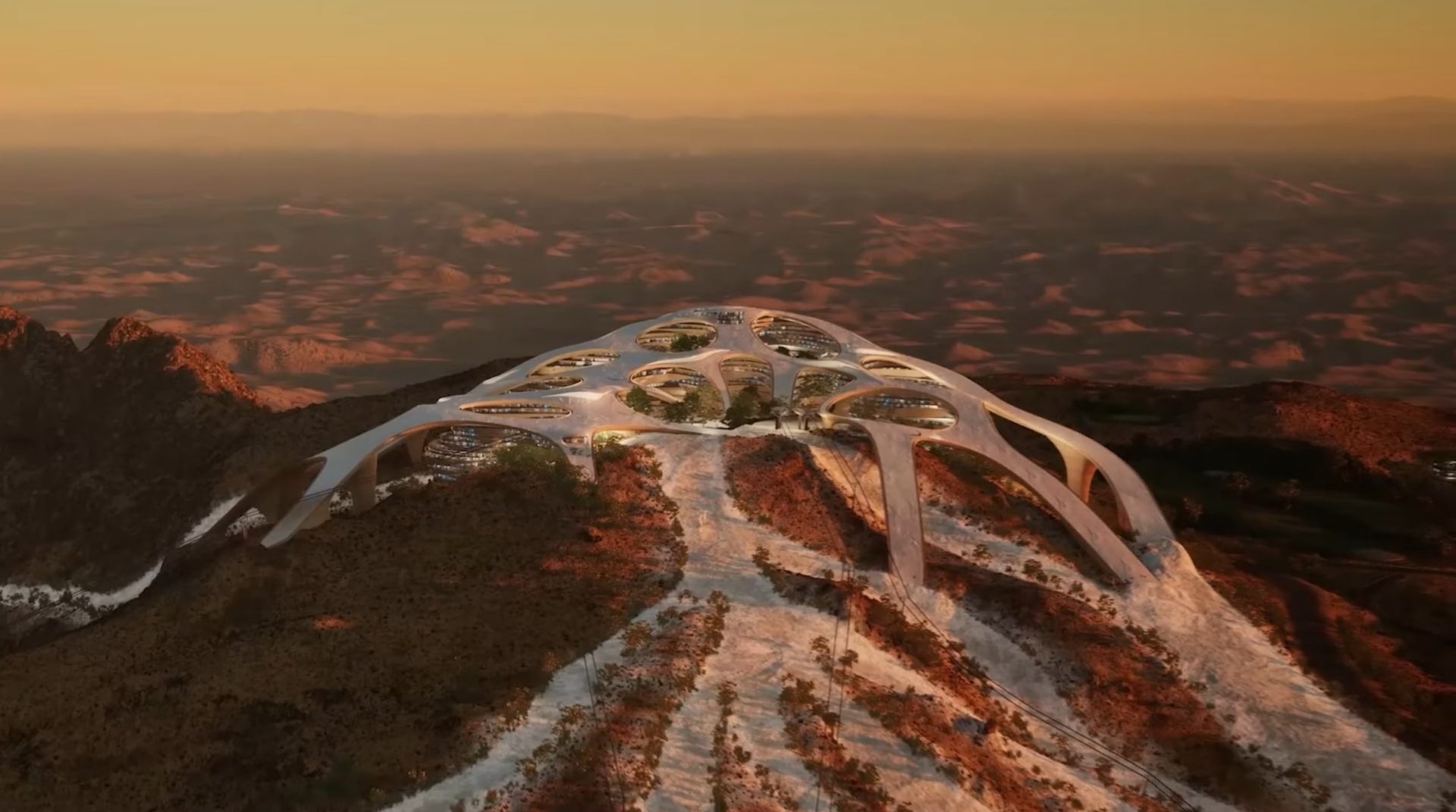

Trojena is part of Saudi Arabia’s ambitious NEOM project and is located about 30 miles (50 km) from the Gulf of Aquaba. The future mountain resort is located in the Sarawat Mountains which is a mountainous region of between 4,900 to 8,500 feet (1,500 to 2,600 meters) in altitude. Temperatures in the area range from -17°C (1.4°F) to 22°C (71.6°F) in winter but snowfall is fairly rare as the area is typically very dry. The resort will have to rely on man-made snow as well as dry slopes.
In addition to the ski area, Trojena will feature a 2.8 kilometer artificial lake that will be fed from three dams. Italian construction company WeBuild S.P.A. was awarded the contract to construct three dams earlier this year. The contract is worth $4.7 billion and also involves the construction of the large, ship-shaped freshwater lake. The lake is supposed to host several aquatic activities in the future and the dam system will be used for the creation of hydro-electric power.
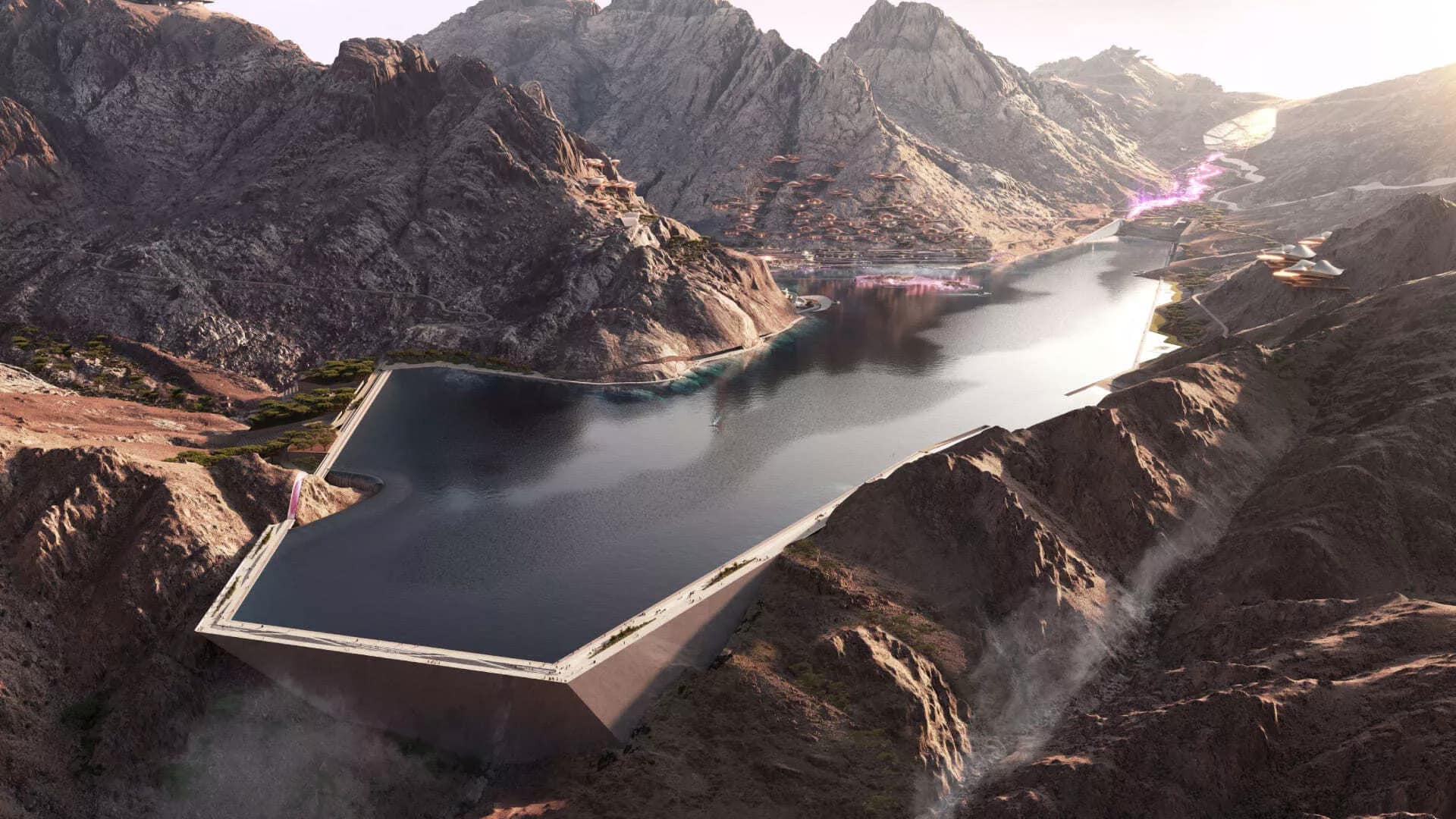
It may seem almost impossible that this massive project can become reality, but construction is pushing ahead at full steam. So far, a staggering 15 million tons have been excavated on site to make way for the planned infrastructure. The first steel has arrived on site and been errected at an altitude of 2,400 meters (7,874 feet). Furthermore, concrete trial mixes have been tested on site, using excavated rubble as basis for the cement mixes in order to reduce CO2 emissions.
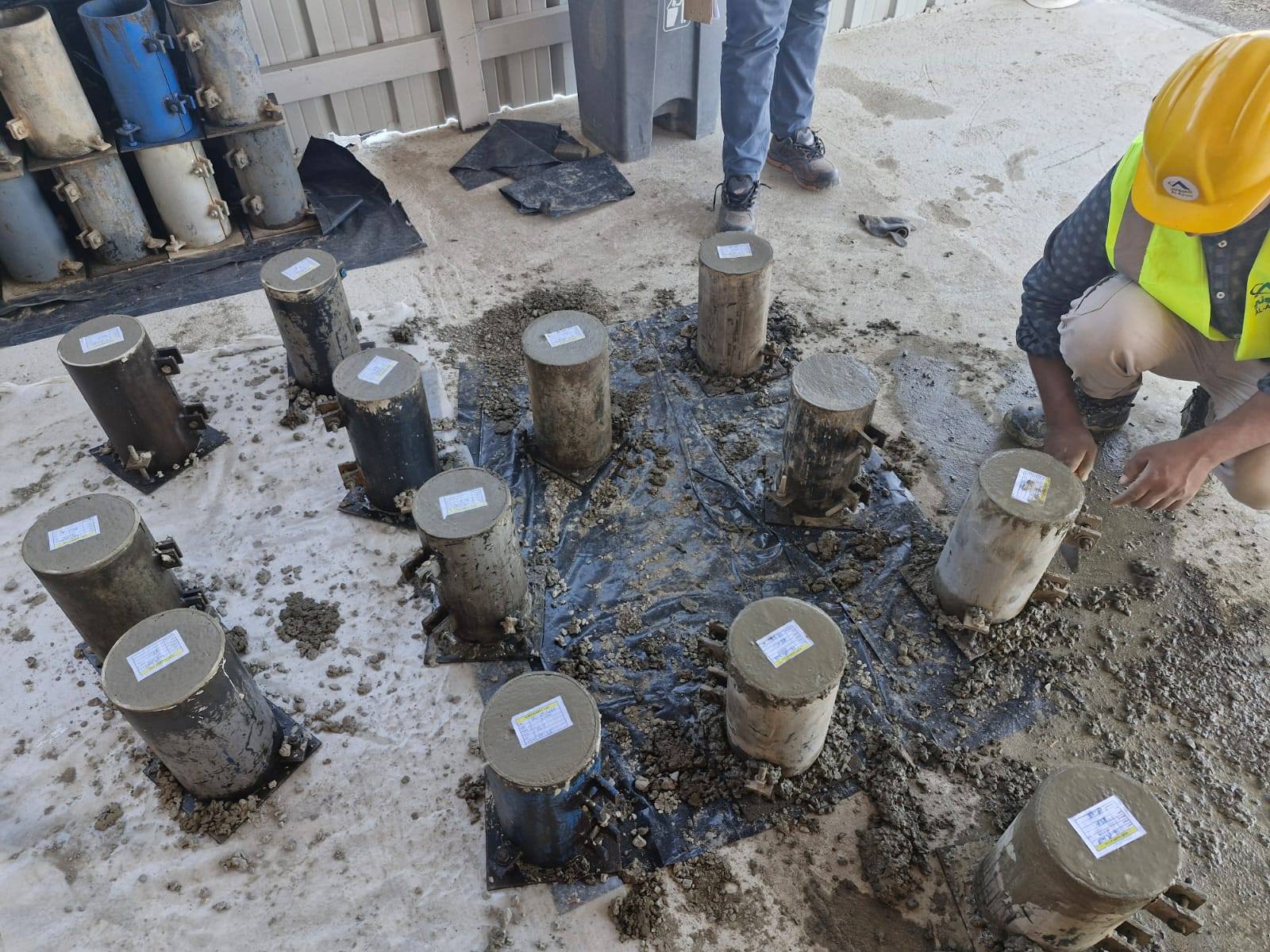
According to recent YouTube videos Trojena shared on its website, the project will require a total of 7.3 million cubic meters of concrete. In order to minimize the CO2 emissions from concrete, project managers are producing the concrete mix locally from the 15 million tons of rubble excavated on site. The video suggests that 0.4 million tons of CO2 emissions will be saved by using the local aggregate in the concrete mix. While it is great they are aware of the large CO2 emissions concrete has, it is important to remember that we are still talking about million of tons of CO2 that will be created from this project.
Let’s crunch the numbers: 7.3 million cubic meters of concrete are equal to 2.6 million tons of concrete. The majority of the CO2 emission caused during the production of concrete comes from CO2 gasses released during the creation of cement. A typical concrete mix of 1 cubic meter of concrete contains 250 kilograms of cement. Therefore, the anticipated 7.3 million cubic meters of concrete will require 1.8 billion kilograms of cement (or 2 million tons). 900 kilograms of CO2 emission are created for 1 ton of cement, which means that classical production would create 1.8 billion kilograms of CO2 or 1.9 million tons of CO2. A reduction of 0.4 million tons of CO2 still leaves the creation of 1.5 million tons of CO2 for the concrete used at Trojena alone. It takes 40-50 trees to offset 1 ton of carbon, so it would take a cool 60-75 million trees to offset the project’s concrete requirements alone. It is also not disclosed how this saving is calculated as it is not sure if calculations factor in the emissions created from the fuel required to excavate the 15 million tons of rock on site. We are somewhat reluctant to accept the assertion of ‘sustainable concrete’ the project managers make in the video.
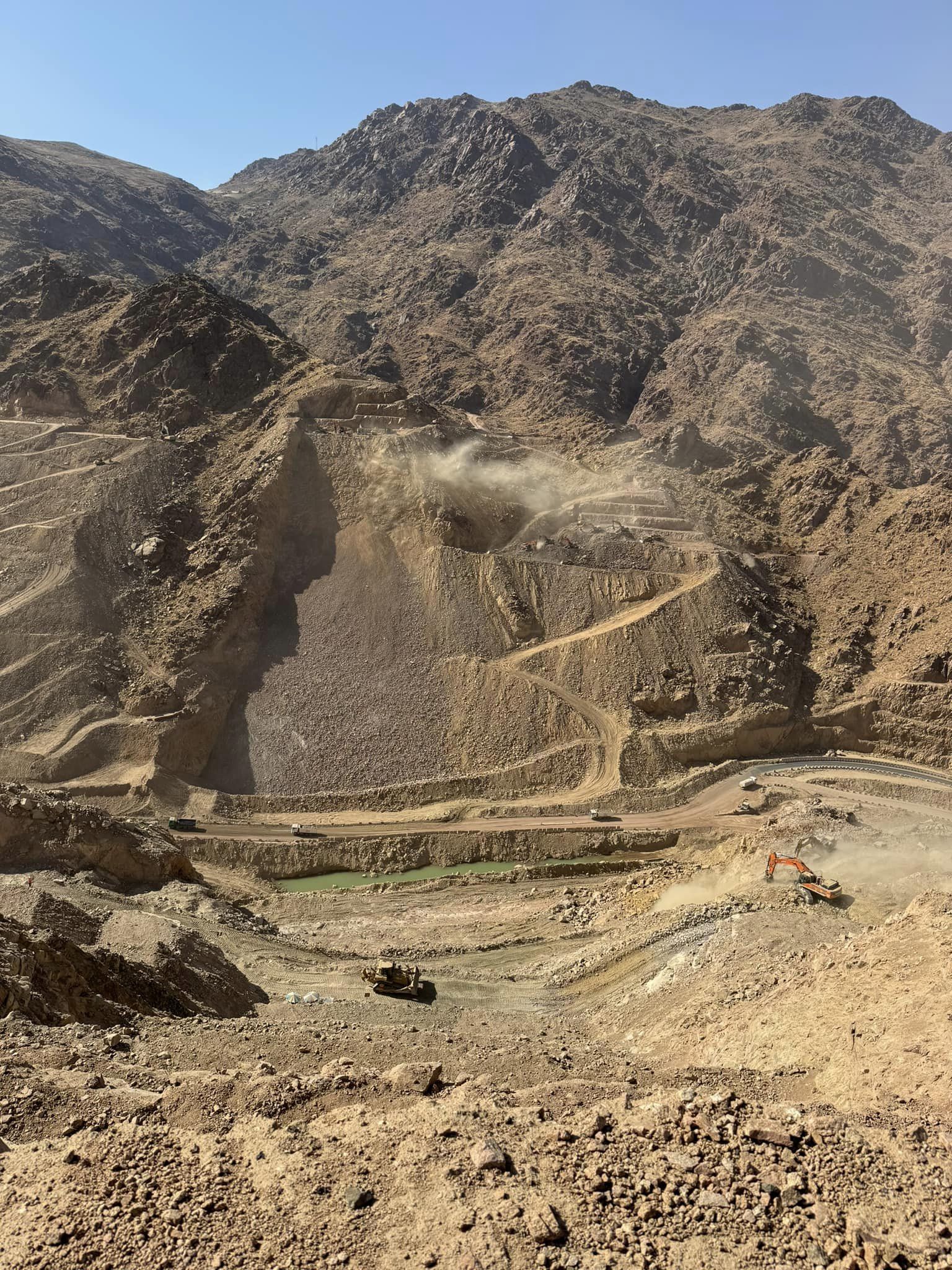
In addition Trojena will require a staggering 130,000 tons of steel. One ton of steel creates 1.8 to 2.2 tons of CO2, so the steel used in the project poses another 260,000 tons of CO2. The steel in question will be supplied by Emirates Steel. Emirates Steel is owned by Dubai-based Arkan Group. The United Arab Emirates and Saudi Arabia have historically strong ties and these business deals further strengthen their relationship.
While Trojena is envisaged to be operated as a carbon-neutral mountain resort, utilizing state of the art green technocologes, fact of the matter is that the mountain resort is being built from scratch. This requires an absolute insane amount of energy and produces millions of tons of CO2 emission. Images of the absolute massive fleet of heavy machinery at work in the Saudi mountains to excavate and construct this Saudi project, leaves a negative feeling about the promises for a green future by the Saudi royal family. The CO2 emission to construct this mountain resort in the middle of a desert-nation seems grossly out of proportion when considering the global push for more sustainable winter sports.
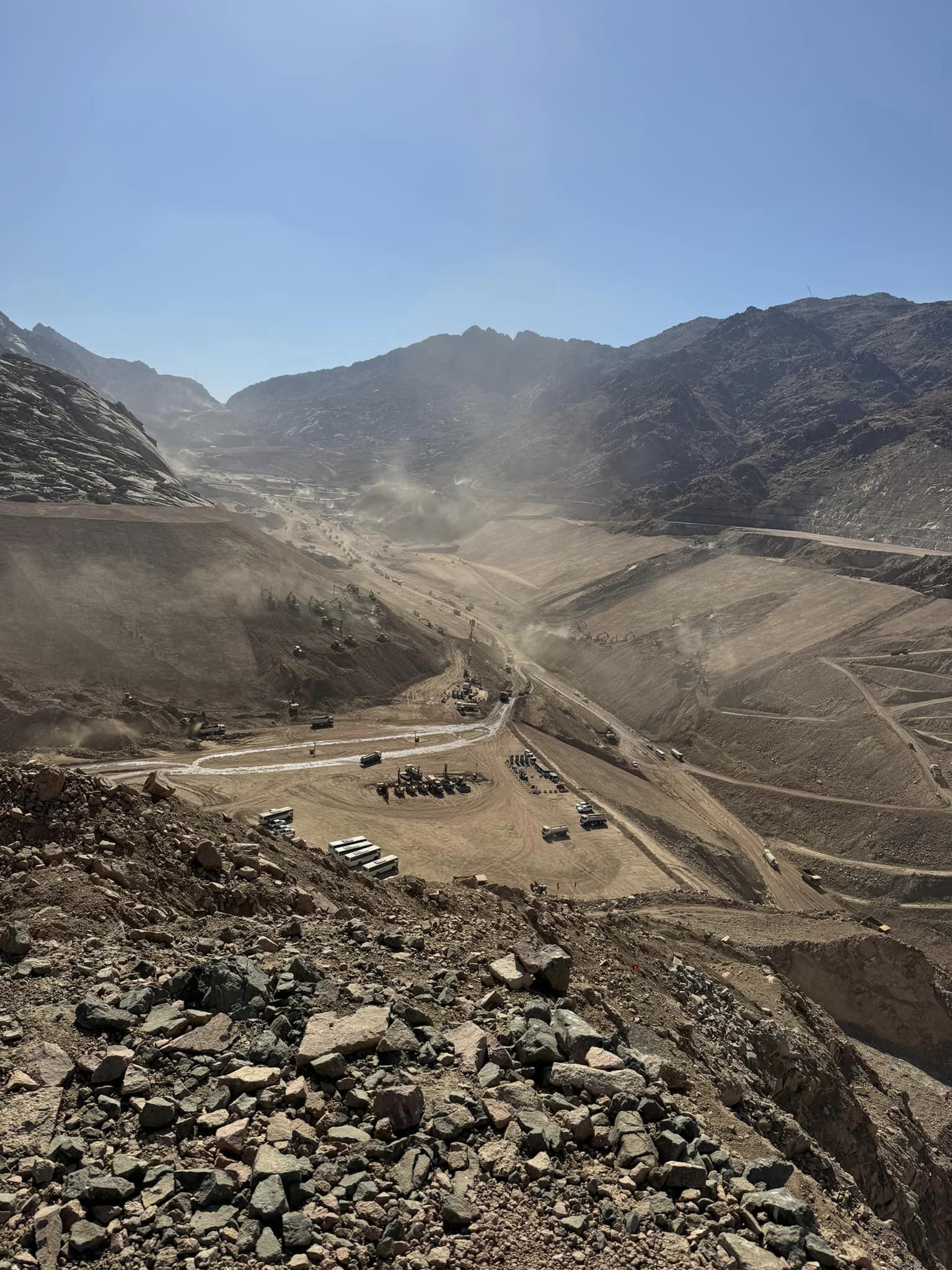
Saudi Greenpeace manager Ahmed El Droubi has criticized the Trojena project several times. El Droubi highlighted the risk of creating a ski resort in the desert by saying, “You’re changing a natural ecosystem which can have compounding impacts. I don’t even know if we have the capacity to predict and model such impacts, and it is a very dangerous thing to do, to massively alter ecosystems in this manner.” El Droubi also pointed to the considerbale energy required for the artificial lake, “Filling the man-made lake with desalinated water will also be extremely energy-intensive, and not just in the short term. It will have to be consistently fed with water and therefore will continue to utilize massive amounts of energy on a long-term basis. Even if it’s powered through renewables, it’s a waste of energy.” The Greenpeace manager highlighted that, “Just because something is powered by renewables doesn’t make it sustainable or environmentally friendly.”
It will be interesting to see whether the goal to complete Trojena by 2026 is realistic given the size of the project. While it is admirable that crown prince Mohammed bin Salman is aiming to build a sustainable resort, the amount of energy going into the construction alone is a massive carbon footprint. The prince is pushing for the country to make advances in sustainability but at the moment, Saudi Arabia is the world’s biggest crude exporter. The crown prince is aiming to move towards 50% renewable energy by 2030, however, currently only about 0.1% of electricity is generated by renewable sources. The effects the creation of this mountain resort will have on the surrounding environment is entirely unclear at this point as is the total energy requirement to run the snow making and infrastructure at Trojena.
PHOTOS
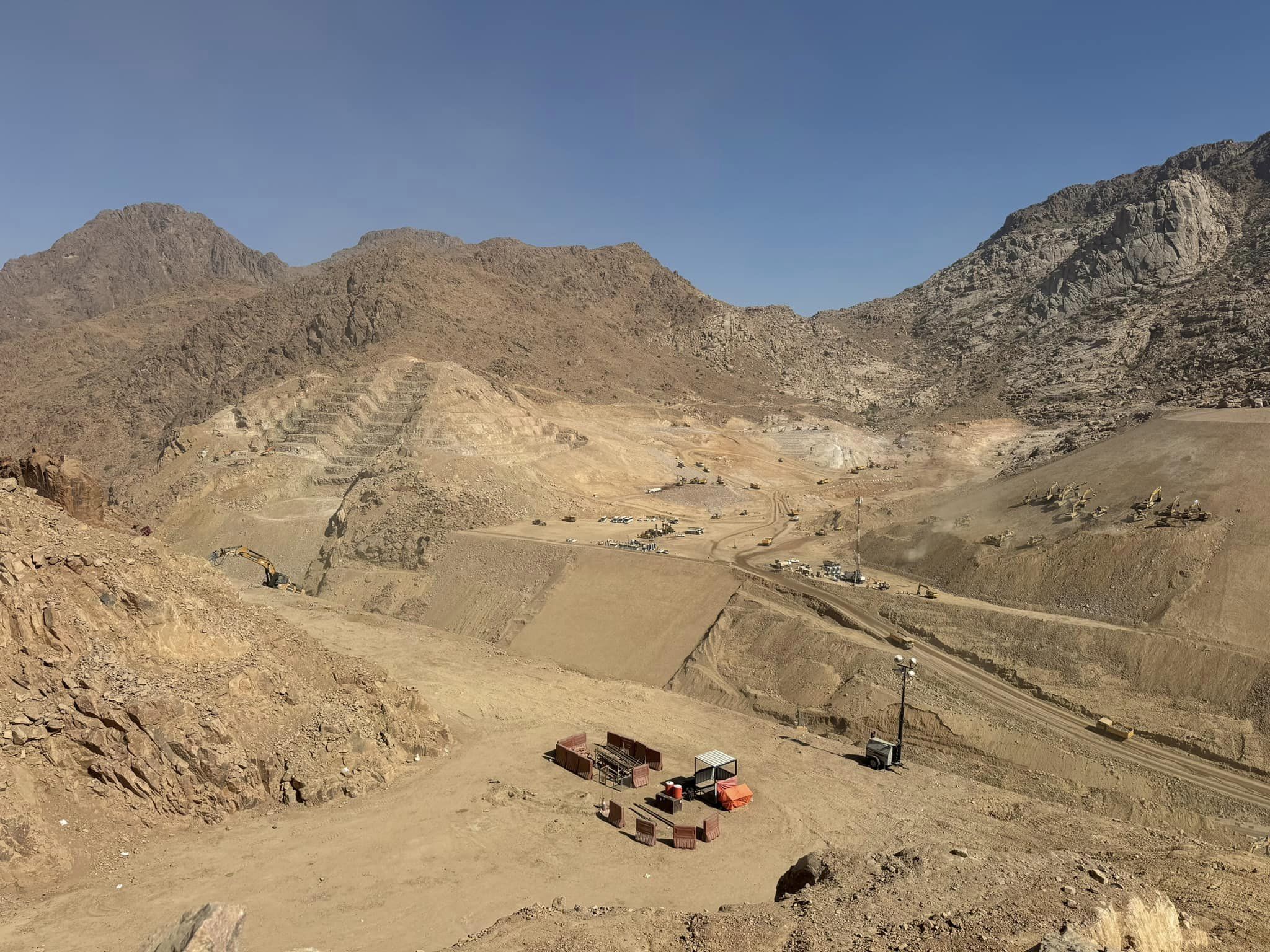
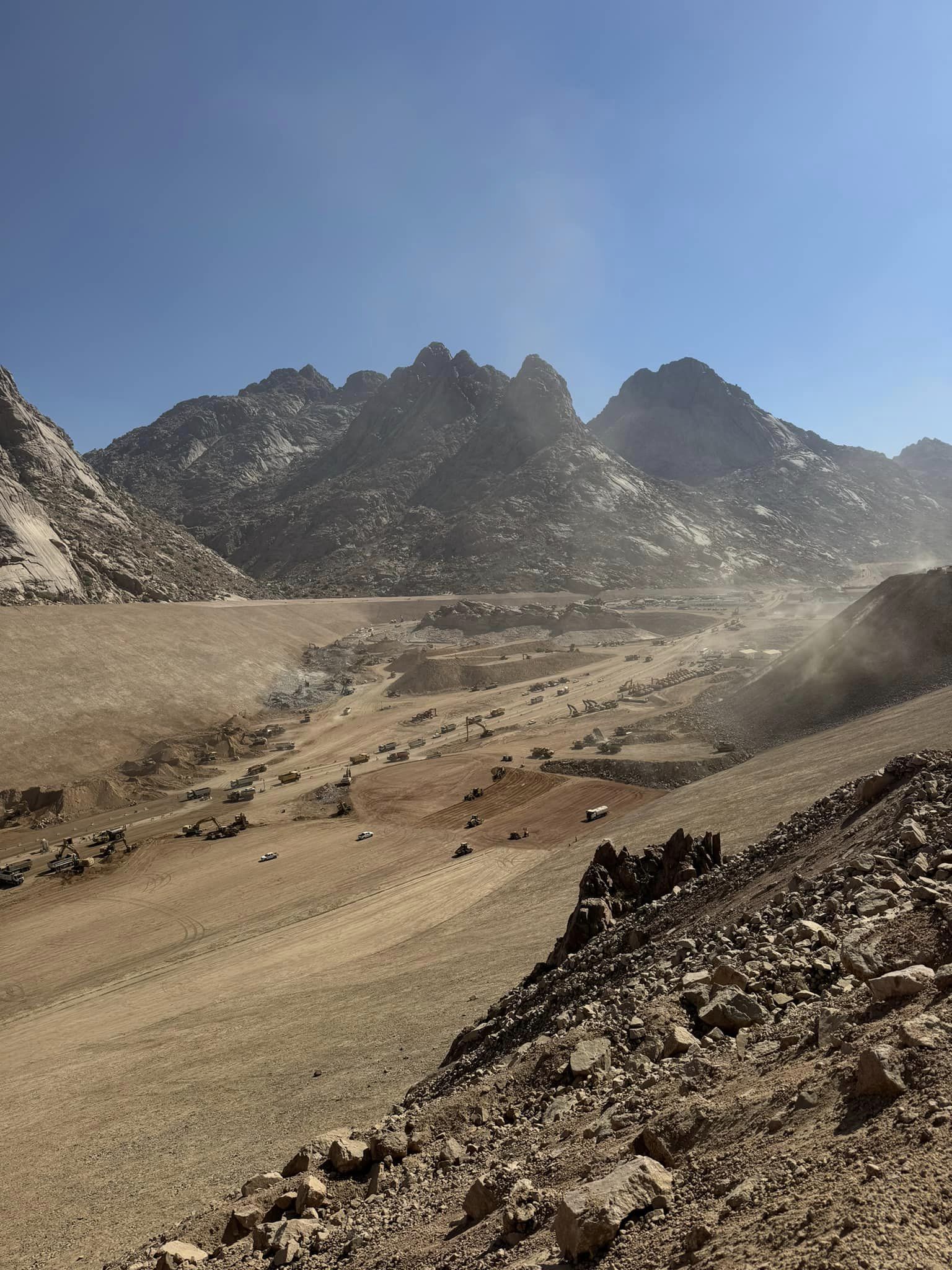

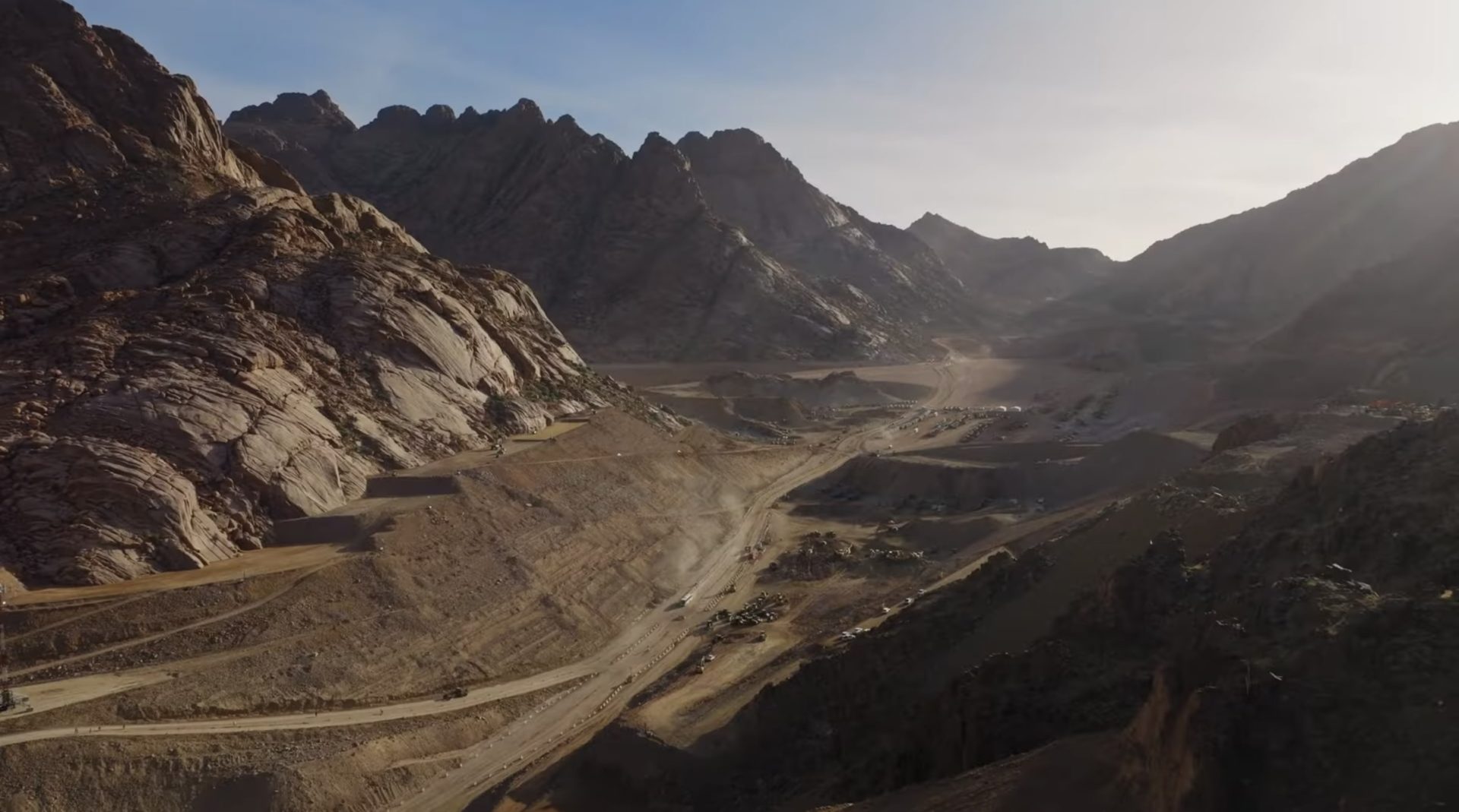
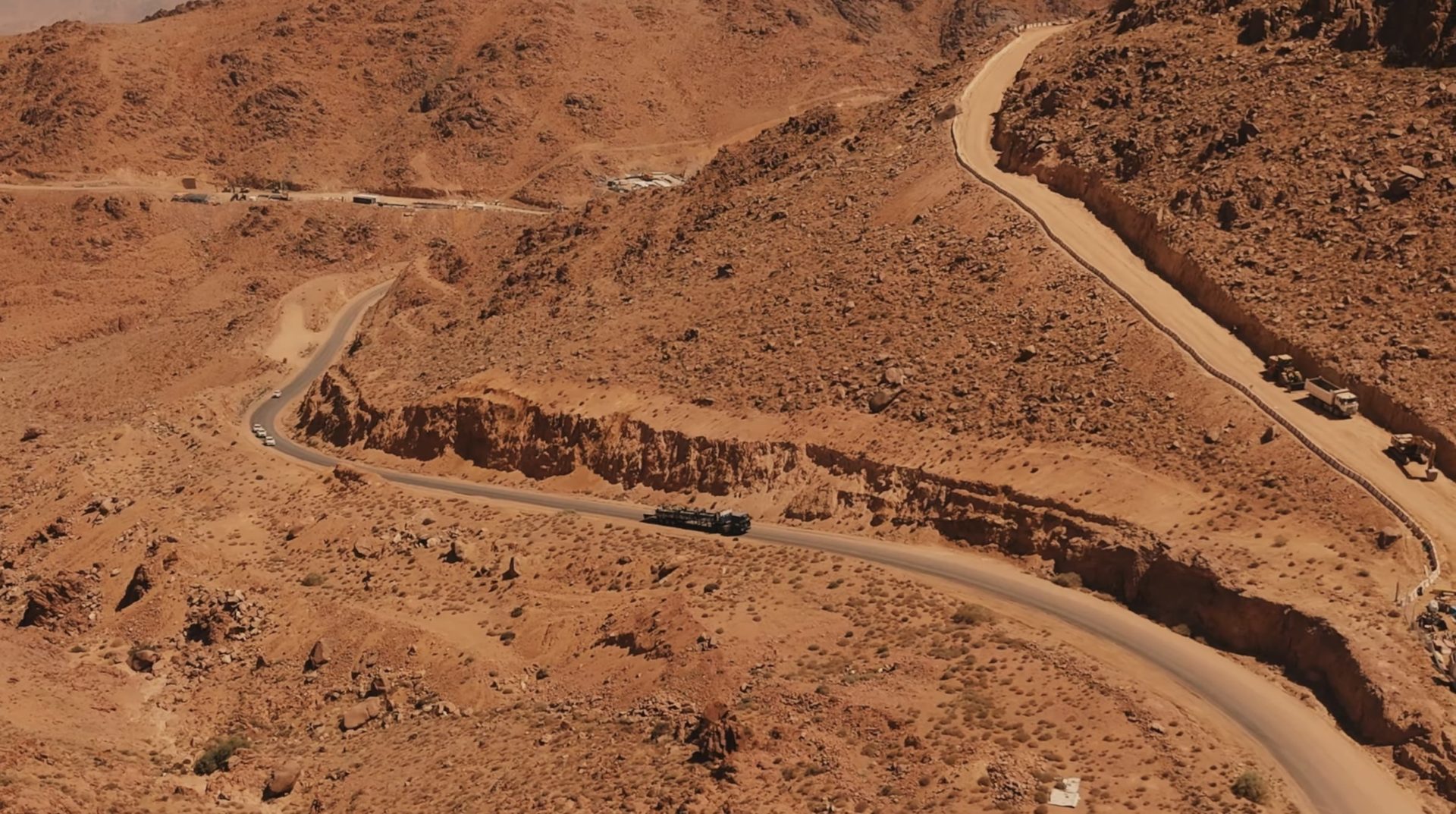
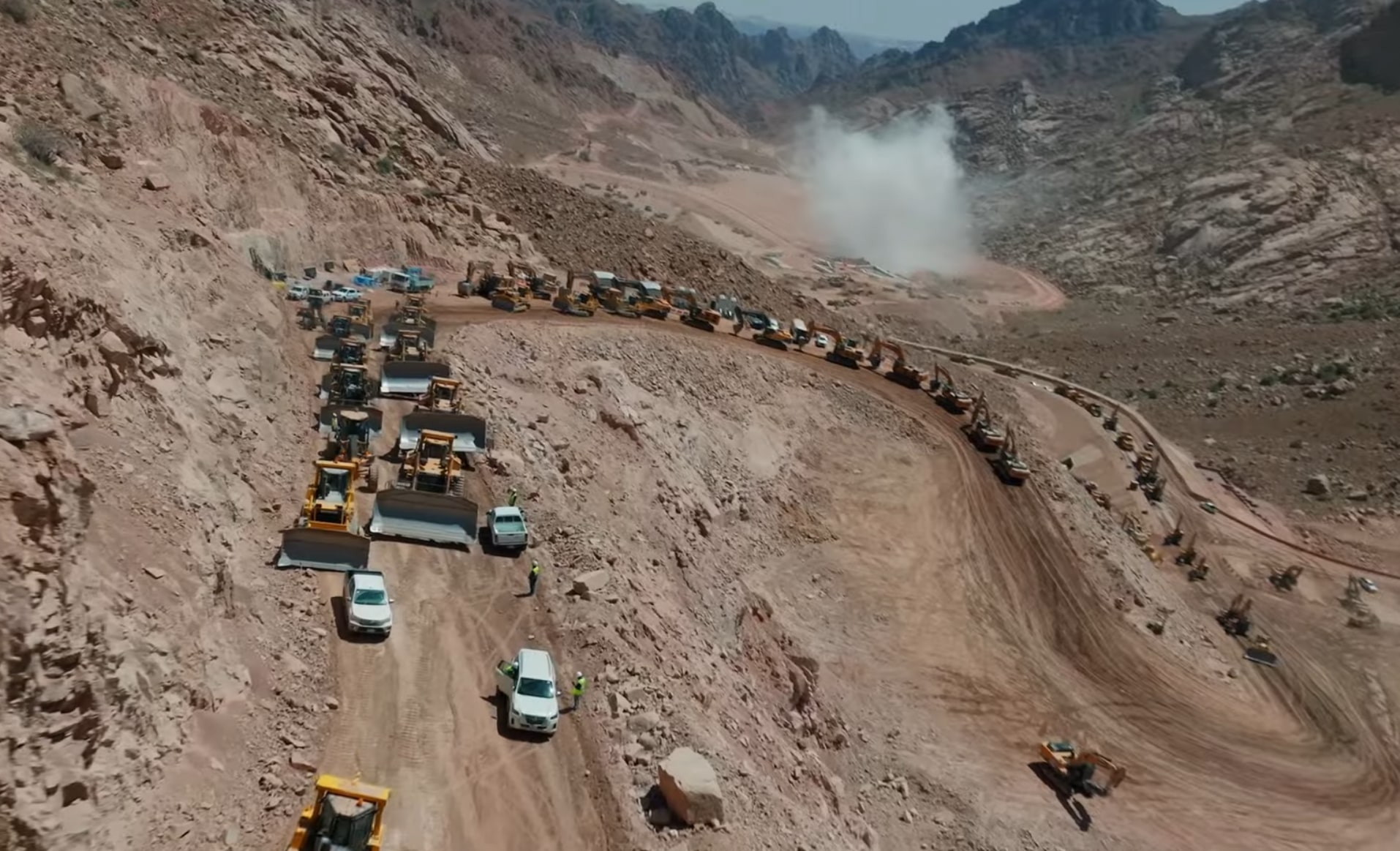
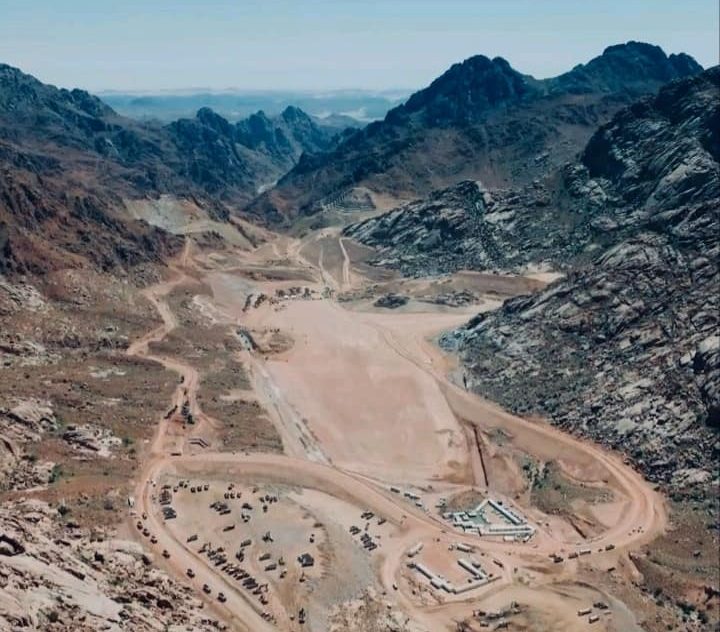
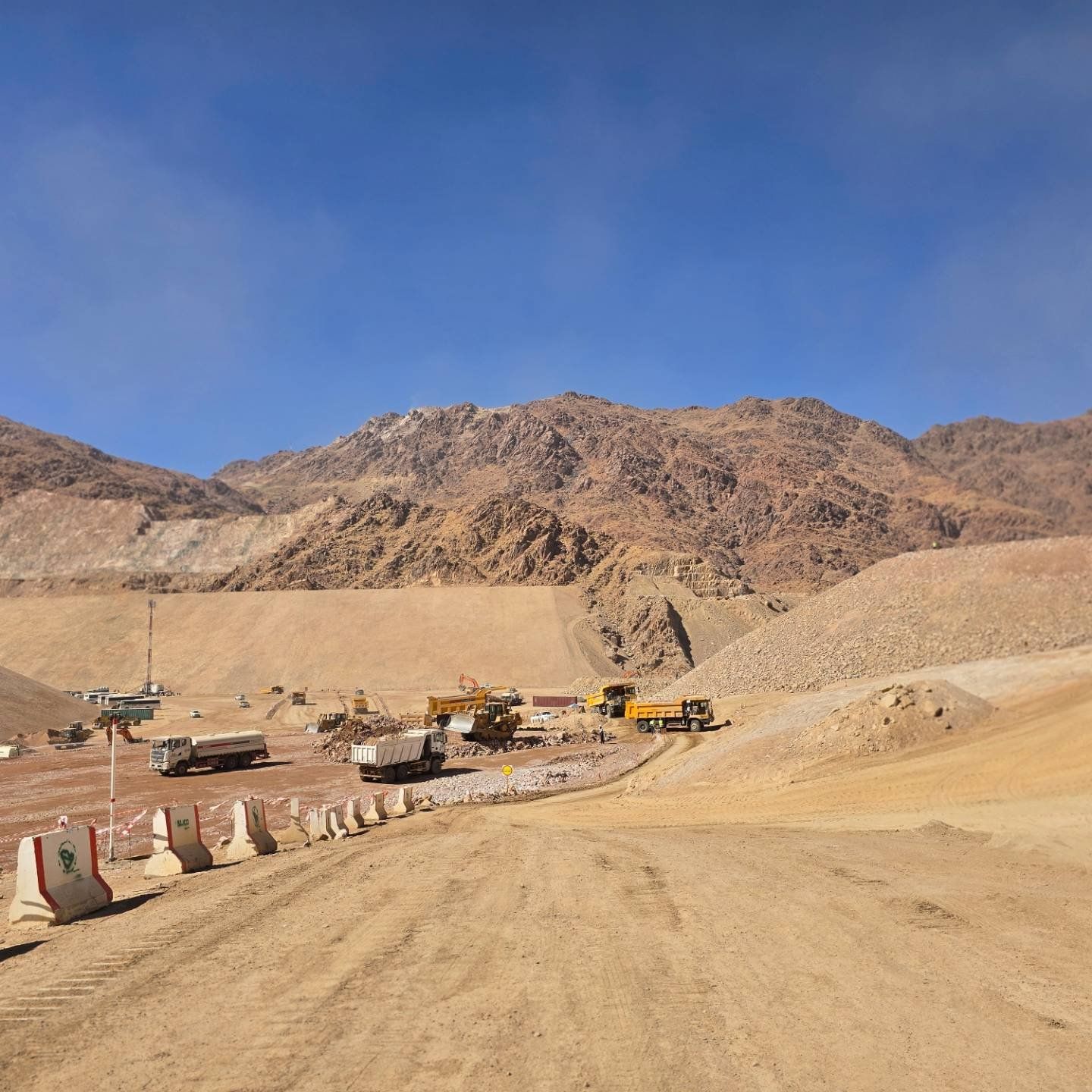
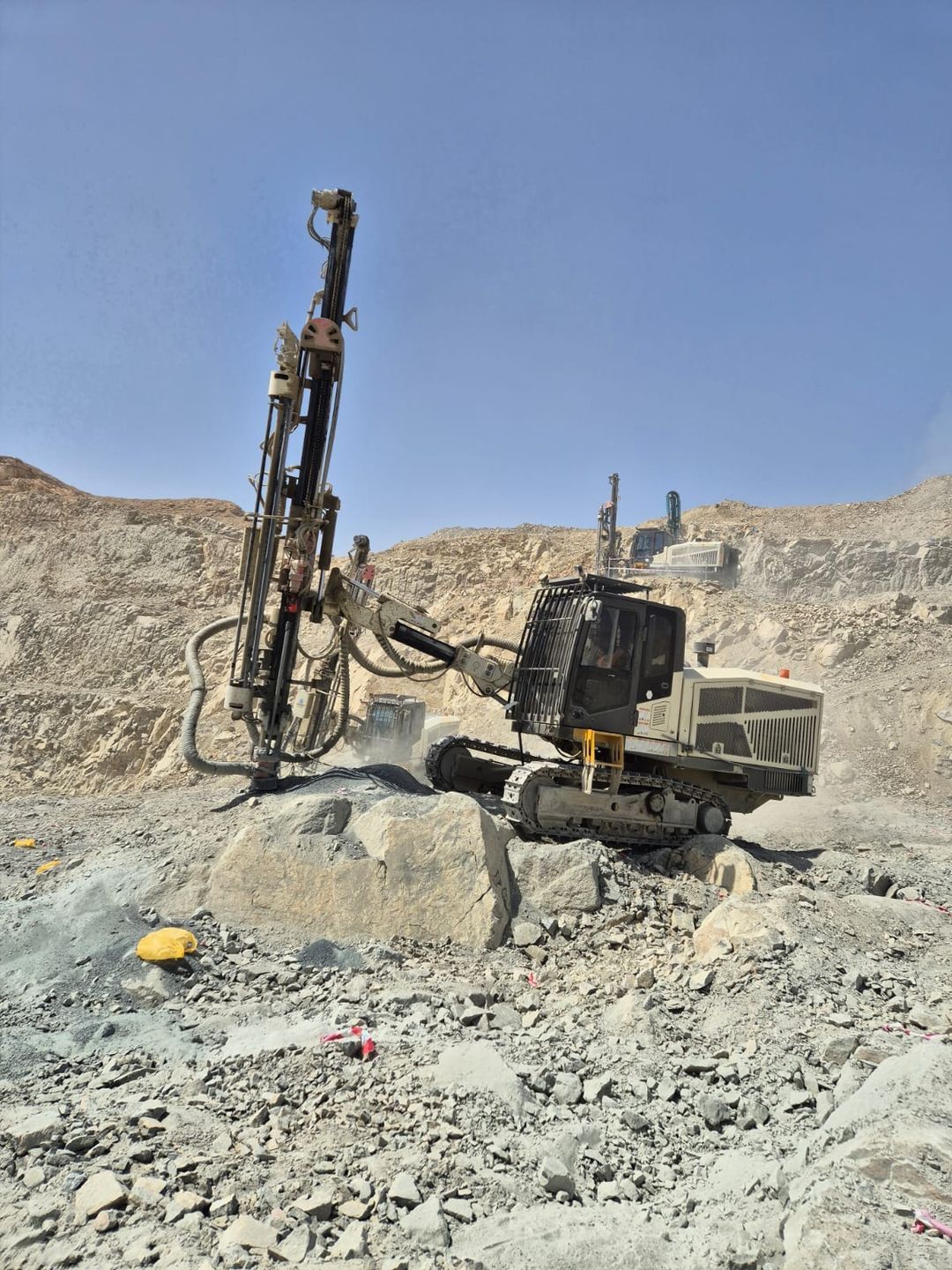
Those mountains are not nearly tall enough to build a ski resort at that latitude.
For reference, New Mexico’s Ski Apache (the US’s southernmost major ski area) is 8° further north than Trojena. Ski Apache’s lowest elevation (2926 m) is higher than Trojena’s highest elevation.
Morocco’s southernmost ski area is also further north and has better altitude than Trojena.
The amount of snowmaking you would need to maintain a piste in Trojena through the inevitable warm spells will be truly absurd. You can lose a foot of snowpack on a 20°C day, which (according to this article) is relatively common in winter in those mountains. Can you make the snow fast enough? I doubt it.
This is insanity? I can’t even imagine the carbon impact of this project. They are impacting ski areas world wide for nothing. Can’t they use the mo yes for something useful?